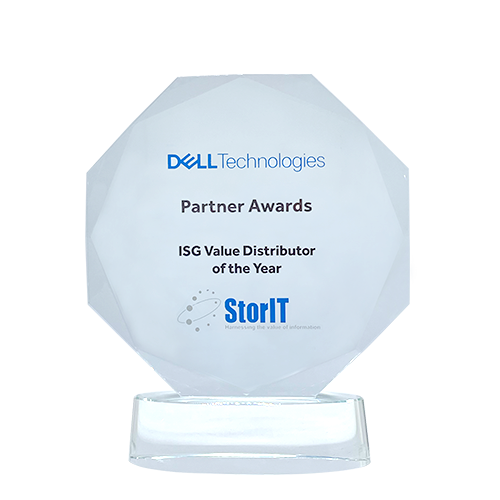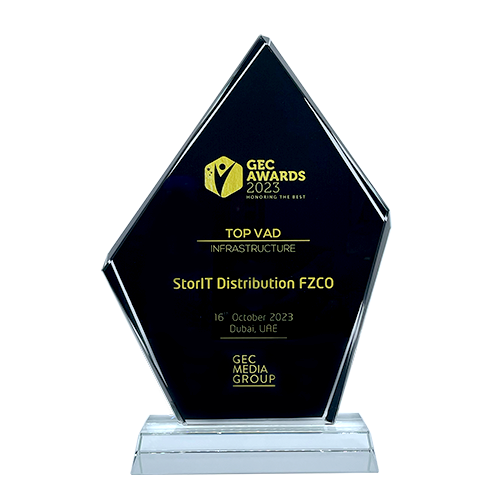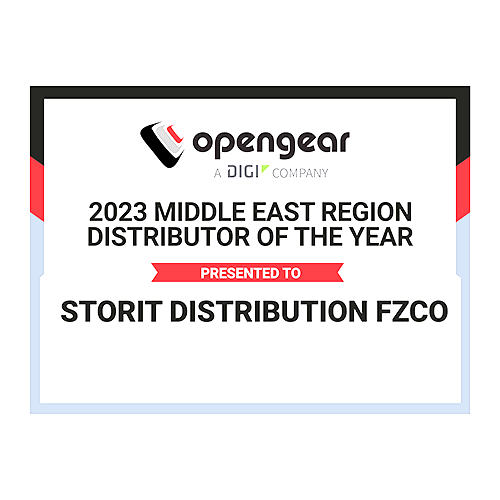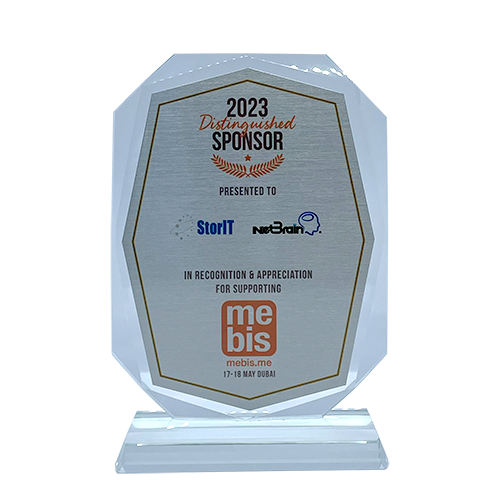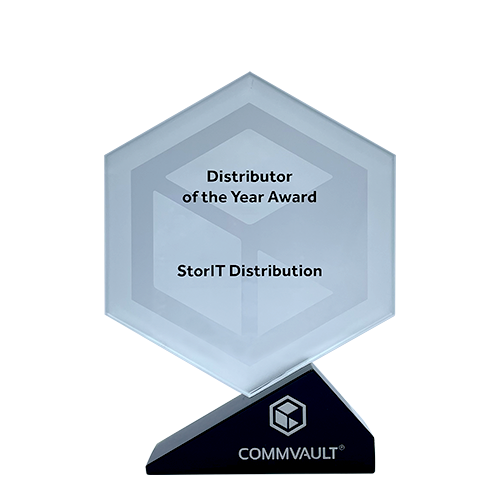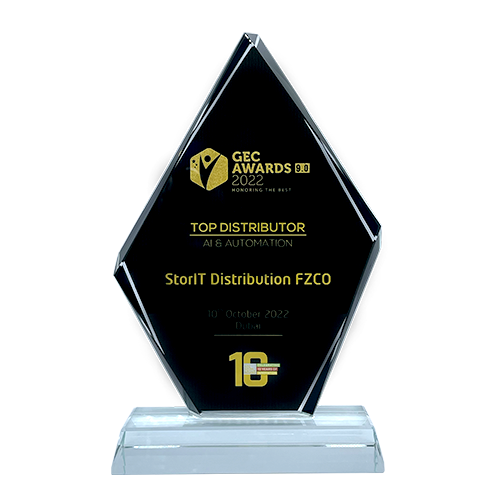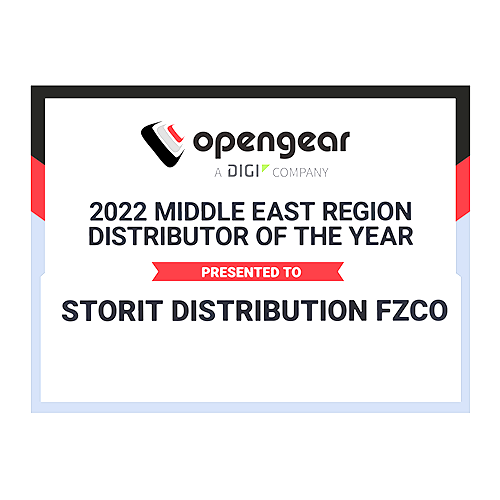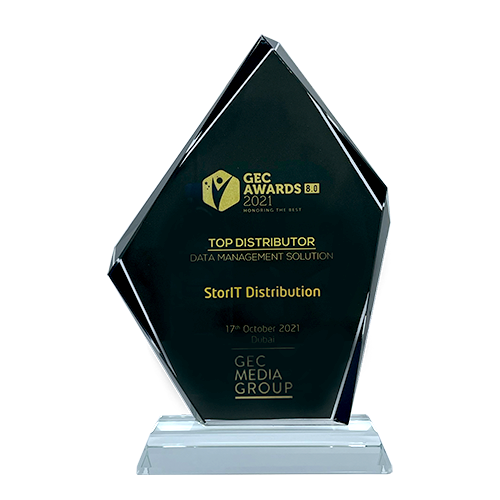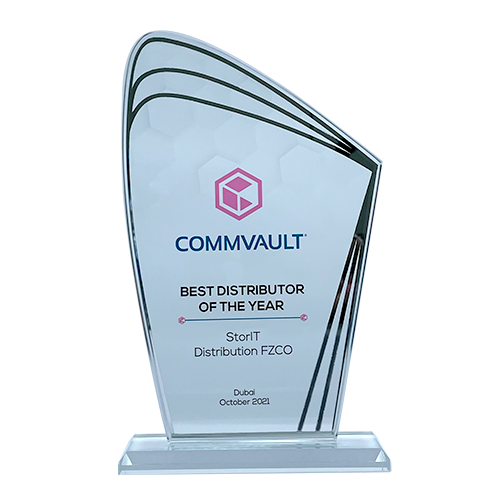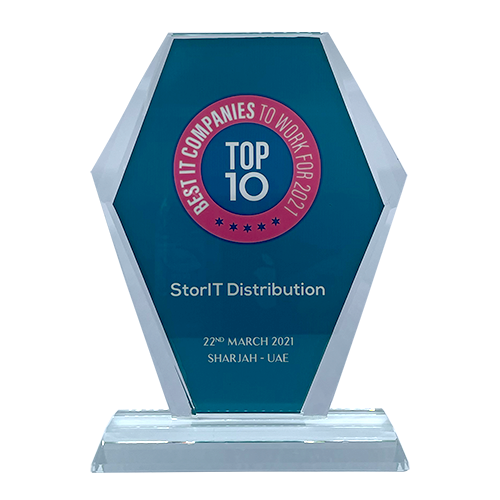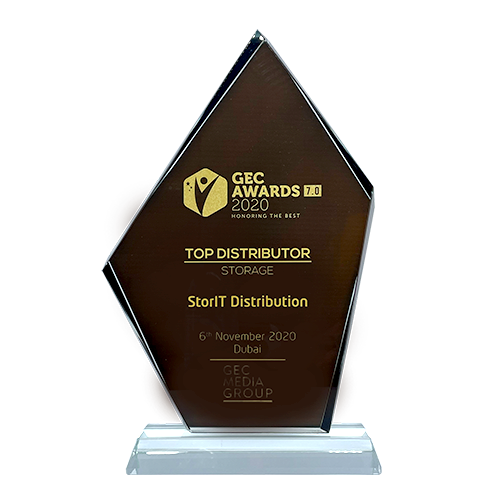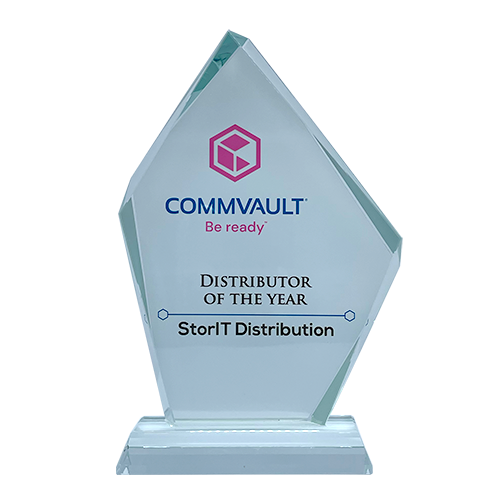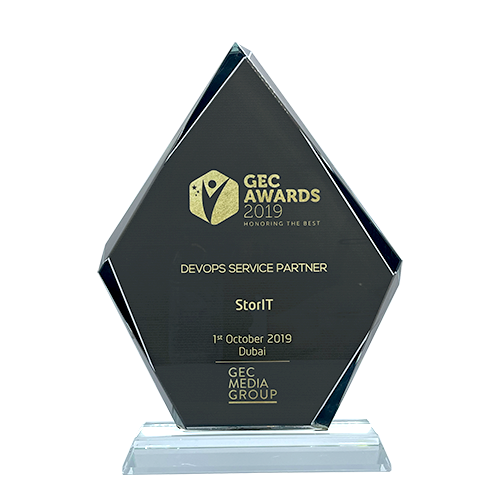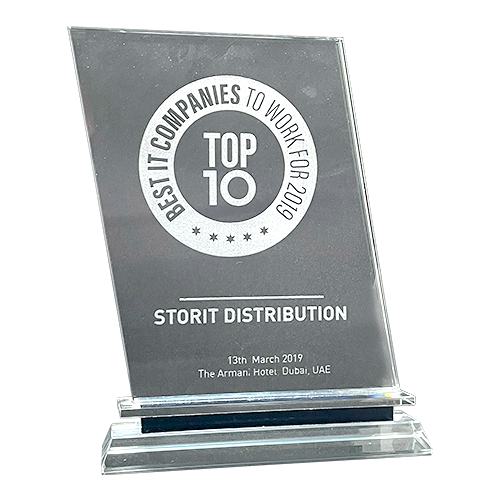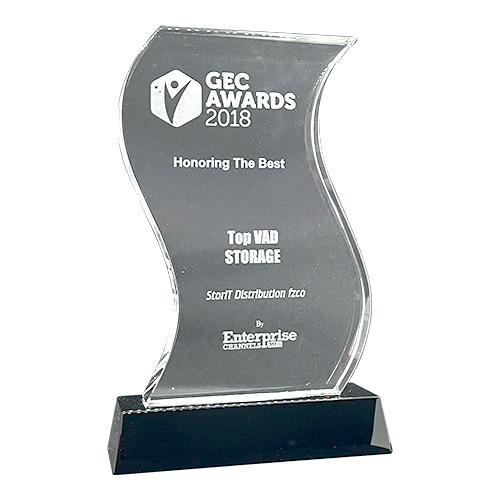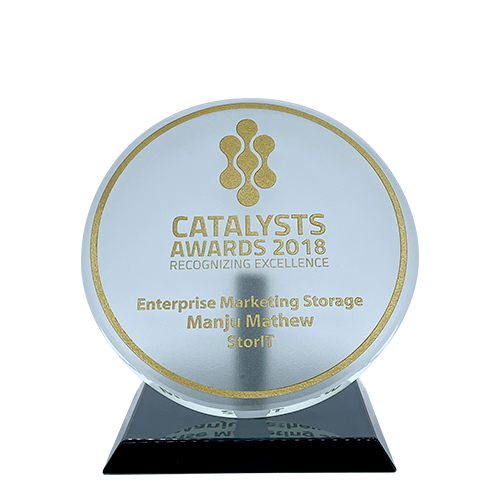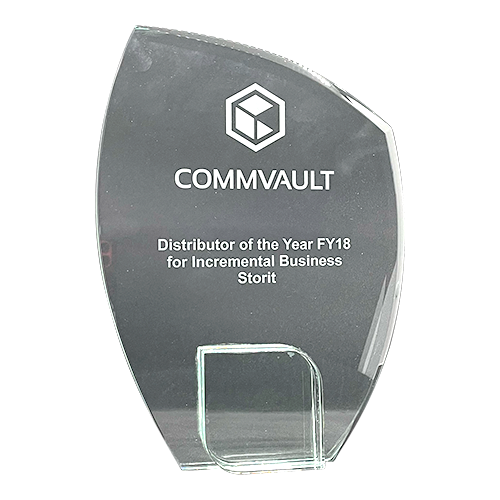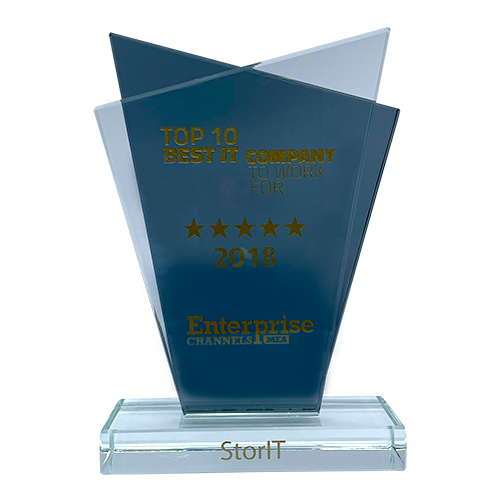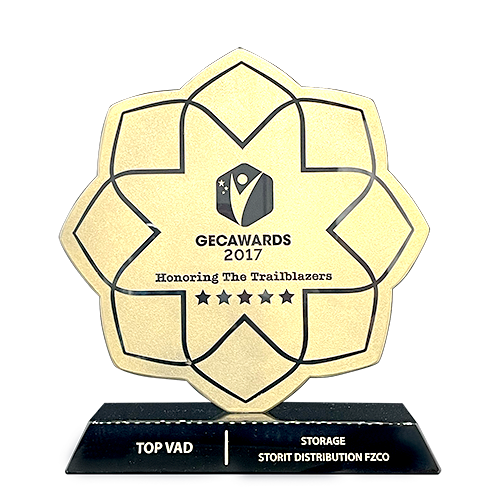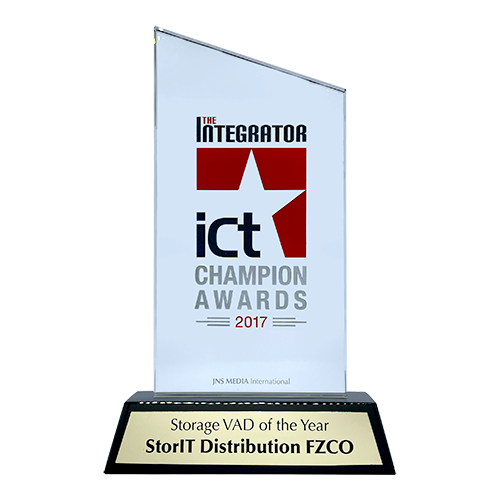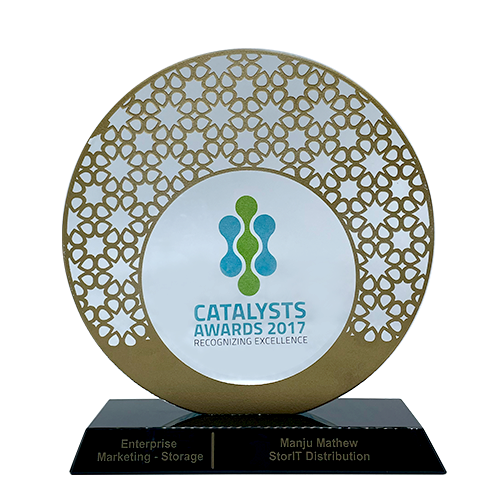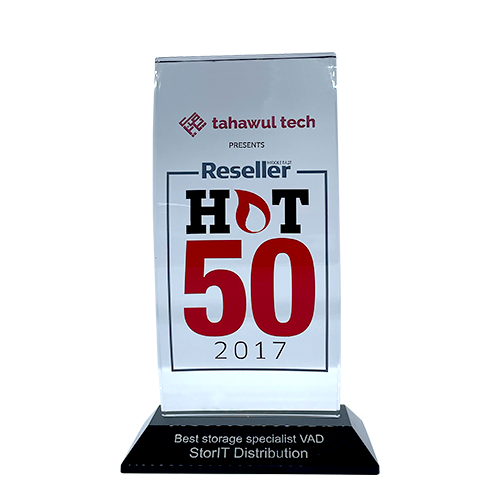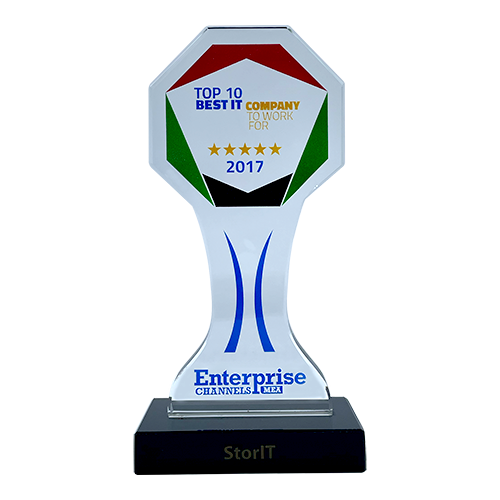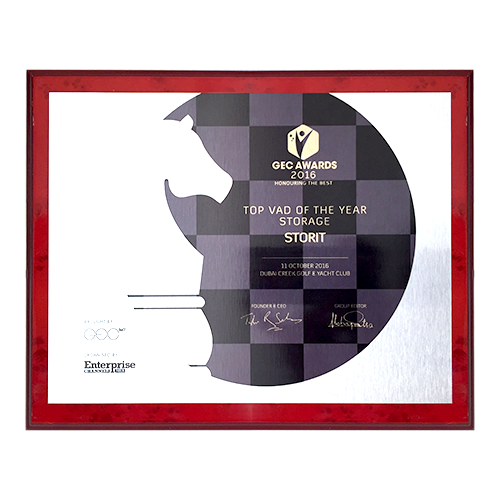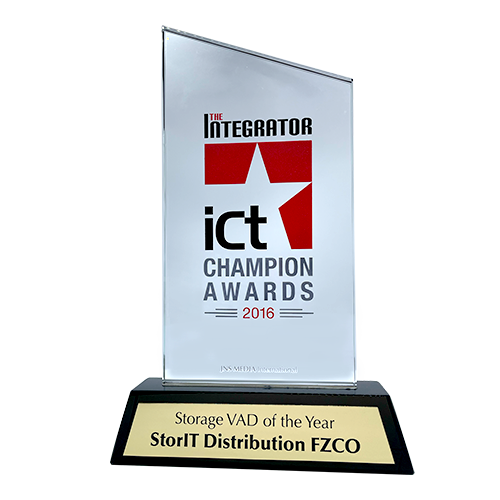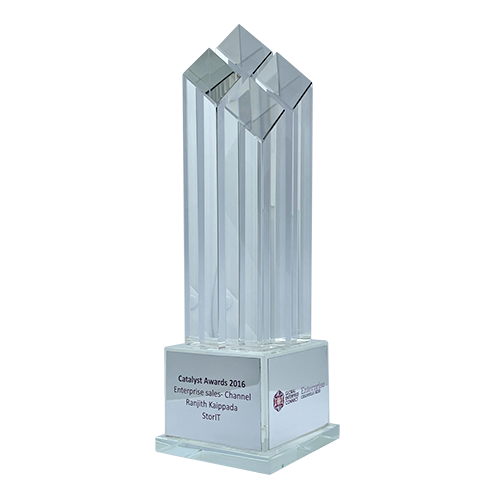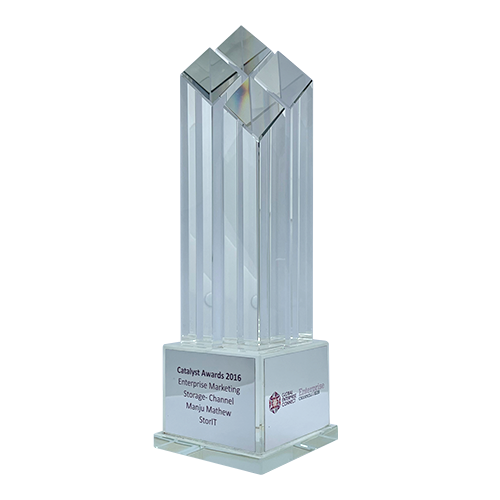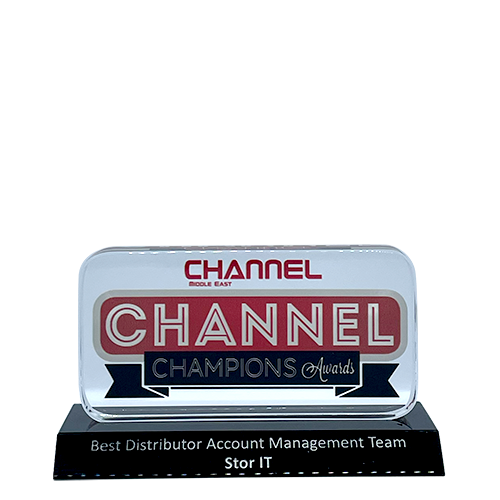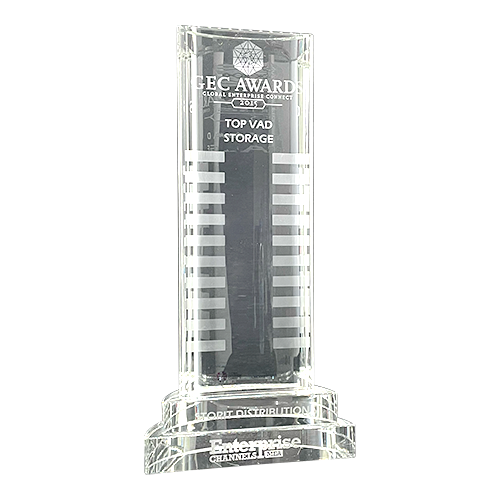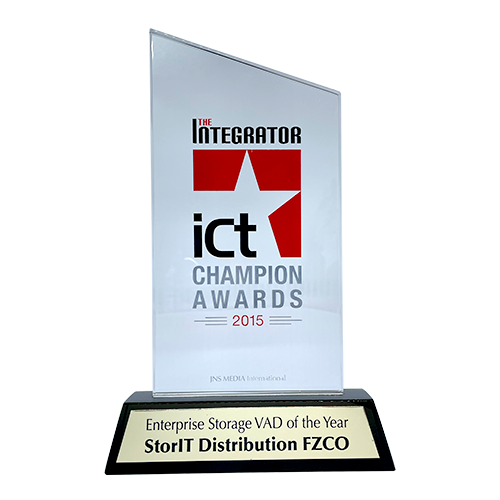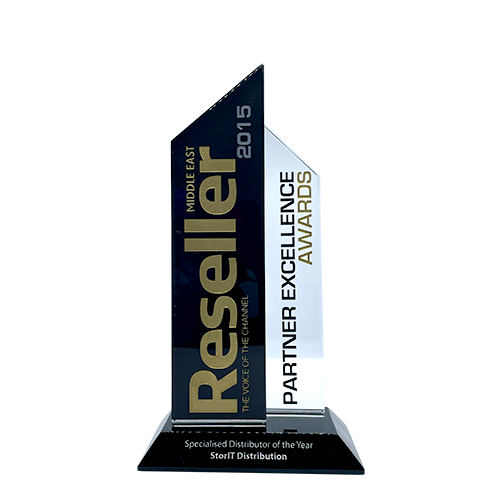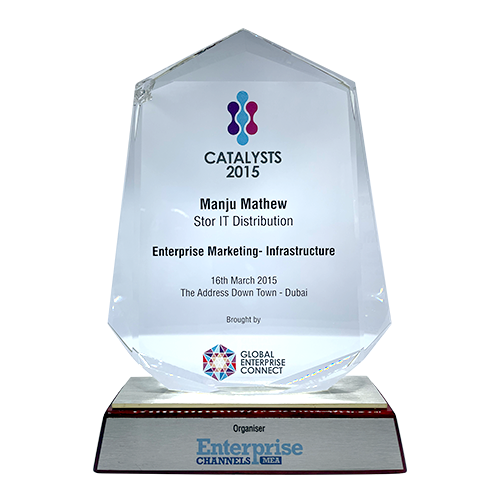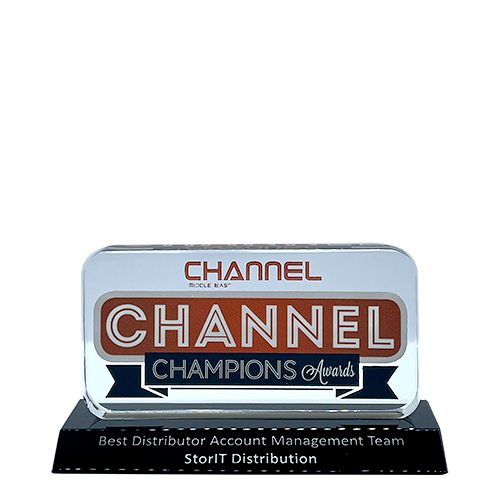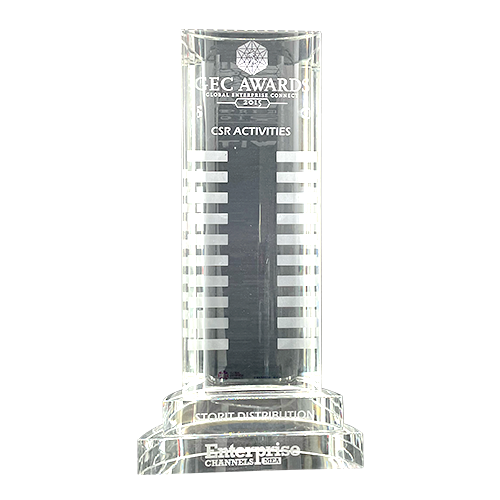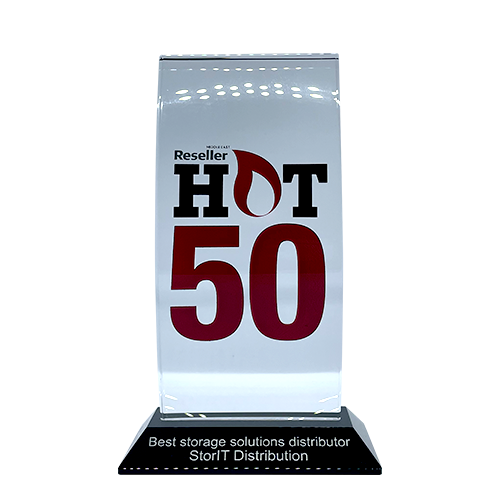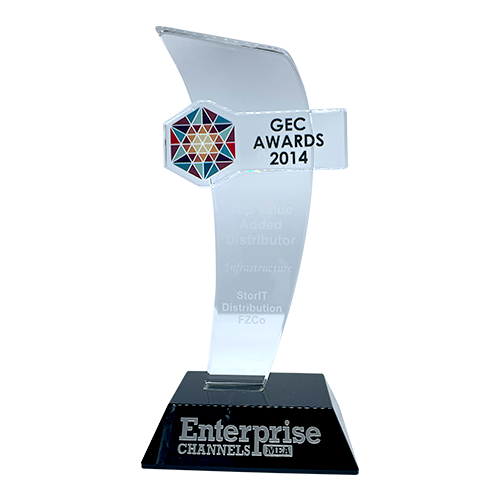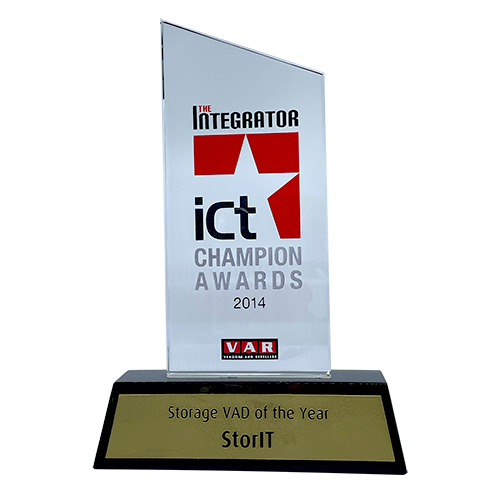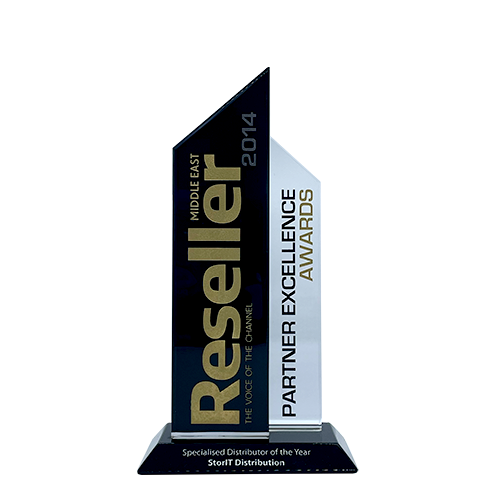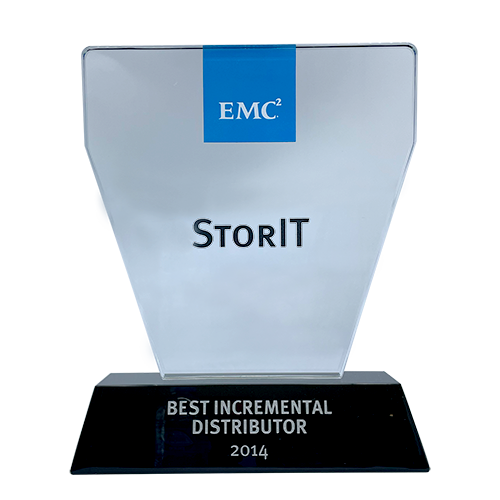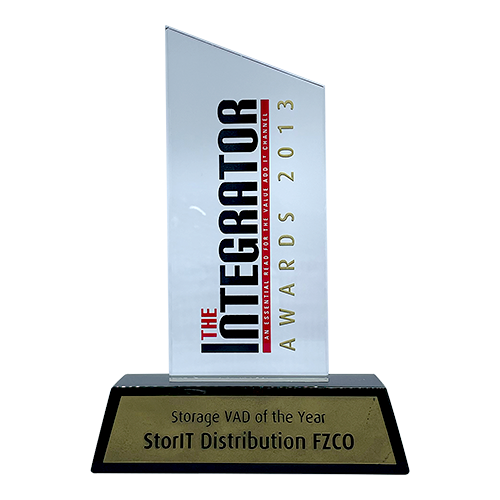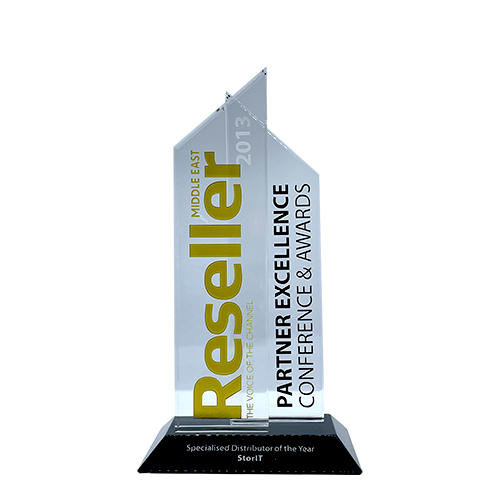OVERVIEW
Companies, for too long, depended on IT teams to deliver products on time with an uncertainty of product features and their delivery timelines. Embarking on the journey of DevOps transformation requires organizations to identify key areas that would kick-start the transformation. The StorIT’s DevOps Assessment and Discovery help customers to transform their DevOps capabilities. StorIT’s transformation team along with the customer will develop the reference architecture that would form the backbone to further automation and integration.
Realize the potential of containers, Kubernetes and virtualization to transform into an agile, efficient, scalable, secured and leanOps or NoOps environment. Your gateway to digital transformation
DevOps powered Digital Asset Management Suite, Monitoring Management Suite, Infrastructure provisioning Suite and Security Management Suite integrated with Change Management Suite enables to transition to a leanOps or NoOps model.
ASSESSMENT & DISCOVERY
The StorIT’s DevOps Assessment and Discovery helps the customers transform their DevOps capabilities. We collaborate with key business stake holders, Global security offices, product development teams, operations support teams and management to identify process gaps, technology deficiencies and technical skills to provide a comprehensive view of the DevOps state within the organization. Our assessment and analysis report recommends the roadmap to transform your DevOps into the desired target state.
IDENTIFY FOCUS AREAS
Embarking on the journey of DevOps transformation requires organizations to identify key areas that would kick start the transformation. Working with the customer, StorIT’s transformation team will review the DevOps assessment report, to come up with the roadmap. In most cases, it is feasible to work on multiple areas simultaneously to appreciate the benefits of transformation.
DEVELOP REFERENCE ARCHITECTURE
Development of reference architecture forms the first step into the world of DevOps. Streamlining the work streams, technology deployment procedures and incorporating security frame work requires reference architecture. For the identified focus areas, StorIT’s transformation team along with the customer will develop reference architecture that would form the back bone to further automation and integration.
DEPLOYMENT & INTEGRATION
To enable the development teams to perform continuous deployment and continues Integration, the two major areas of focus are deployment and Integration. These two areas form the building blocks of transformation. StorIT’s team working with the customer will delve into necessary services such as IaaS, PaaS, DBaaS, MaaS, LaaS, BKPaaS etc.. to facilitate CD and CI.
ADOPT AGILE
-
Improve TTM
Companies, for too long, depended on IT teams to deliver products on time with uncertainity of product features and their delivery timelines. Agile helps companies to deliver the product as a set of MVPs in a iterative manner with the capability to make changes through out the delivery process untill complete delivery. Agile also helps companies be abreast of the delivery cycle, features that are being developed and delivered as part of MVPs, make modifications as needed to meet the changed requirements.
-
Waterfall is rigid and inflexible
Agile turns the waterfall methodology on its head to ensure that there is continuous deployment and continuous integration. This reduces TTM timelines as the customer has the visibility into the delivery pipeline. The waterfall method of arhitect, develop, test and release is repeated multiple times as MVPs, when transformed into being agile.
-
Breakdown silos
To build a continuous stream of deployment and integration, agile requires the “architect, develop, test and release” functions to collaborate and build the pipeline, as MVPs. This collaboration of functions eliminates the silos. MVPs are built and prioritised with input from each of these individual functional areas while realizing the overarching need for a faster and better product delivery.
-
Predictable and secure
While the “architect, develop, test and release” functions work in an interative manner to deliver the MVPs, tools and automations that provide the needed infrastructure, platform and workflow process are required to support the delivery pipeline. These become the building blocks of a predictable and secure mechanism for product delivery.


